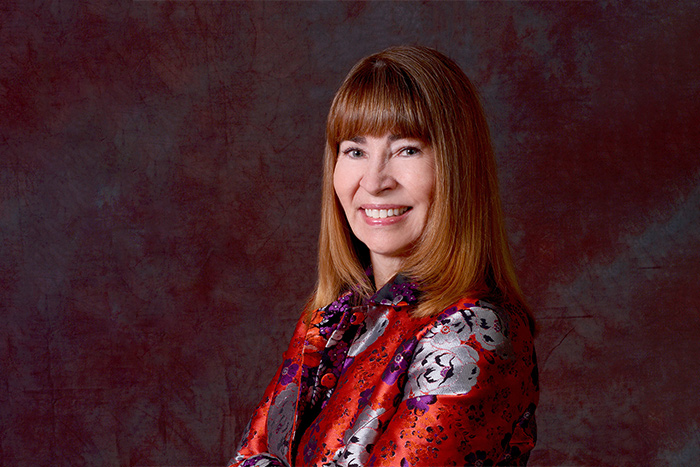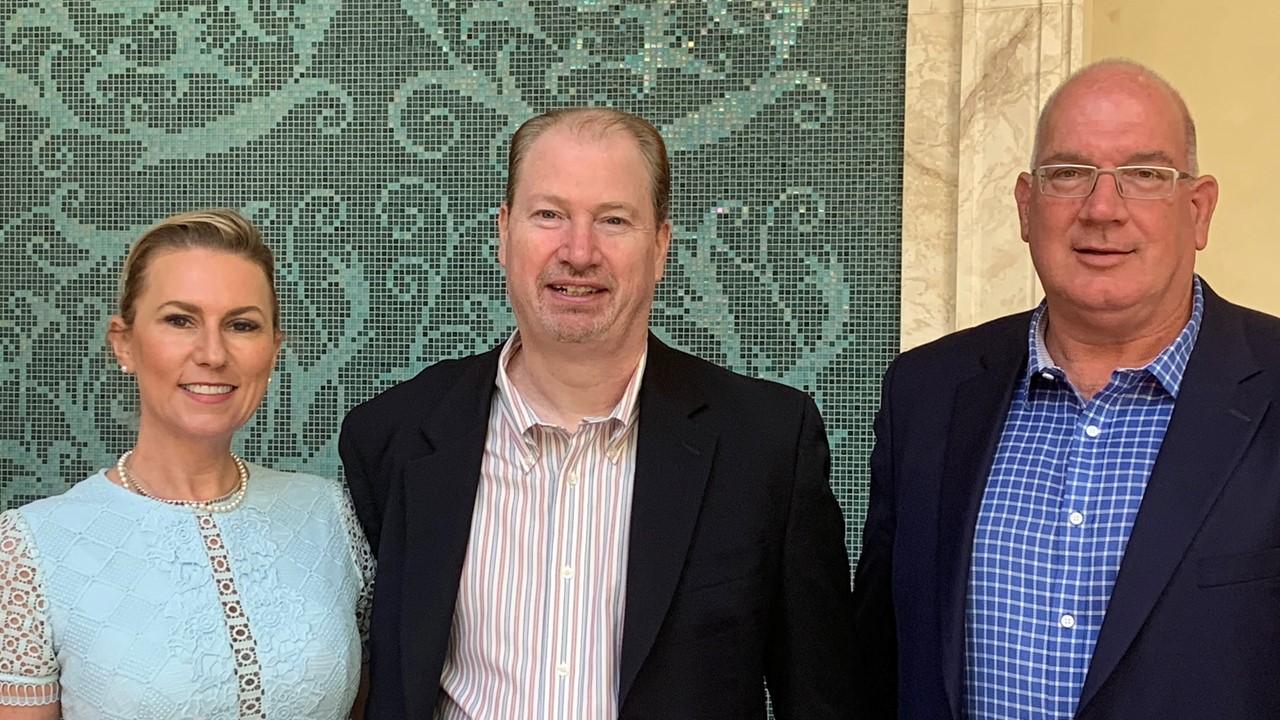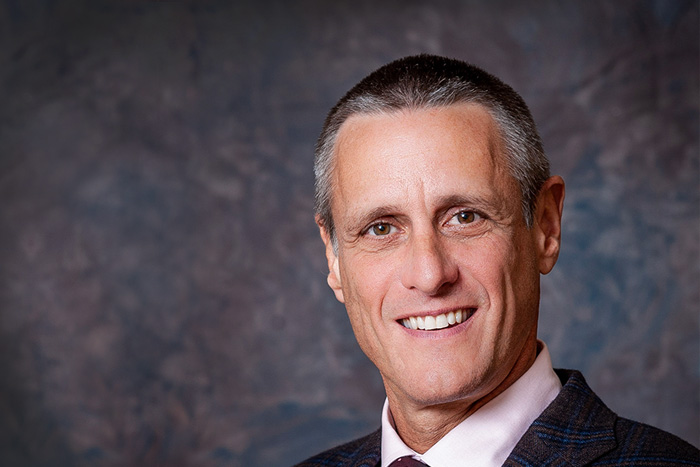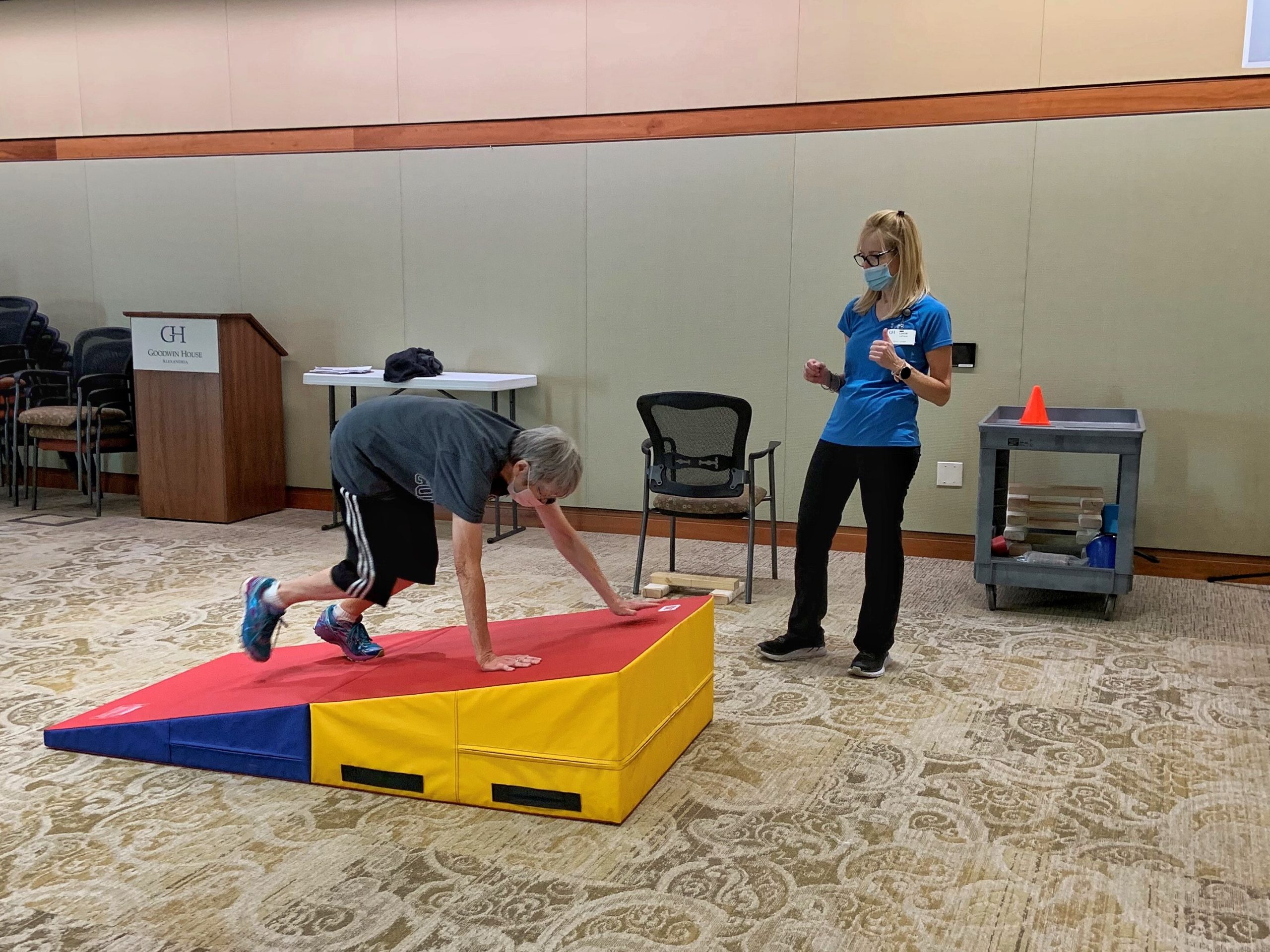
By Jim Nelson | June 22, 2023
Does the senior living industry fully comprehend what its potential new residents actually want?
In a report recently released jointly by Age of Majority (AoM), a research-driven marketing consultancy, and the International Council on Active Aging (ICAA), an association shaping the active-aging industry, executives in the industry were confronted with some rather startling data that suggests they don’t.
“While some changes will require greater investment and a longer runway,” stated AoM CEO Jeff Weiss in the report, “owners and operators can begin the efforts to close the perception gap with prospective older adults. This report provides a starting point and roadmap for recommended action and next steps.”
The report, Unlocking the Future: Closing the Gap Between Consumer Expectations and Community Offerings in Senior Living, is based on a survey that compares and contrasts the perspectives of professionals working within the senior living industry with those of older adults who are potential residents. The two-part survey was conducted between January and March of this year; the respondents were 1,016 potential residents and 323 current senior living staff members and managers.
“My hope is that the senior living industry will not only make changes to achieve growth, but also dispel outdated perceptions that hinder its potential to impact the lives of millions more older adults who yearn for an autonomous lifestyle,” wrote ICAA founder/CEO Colin Milner in the report.
Senior Living News spoke with some executives to get their reaction to this report.

“I think the report’s really intriguing,” Rob Liebreich, President/CEO of Goodwin Living, told Senior Living News. “I would love to have seen one other category tracked: those that are receiving or engaging in services within a community setting. I would venture to say that those folks currently experiencing it would probably rate things closer to the staff than they would to the general public; consistently throughout my time in service to older adults, over the last 20 years, one of the most common phrases that I hear from residents after they’ve moved in is, ‘I wish I had done this sooner.’”
For the purposes of the survey, “older adults” were defined as age 40+, with more than three-quarters of the respondents (76 percent) in the 60-79 age range, while 20 percent were 40-59; the majority (59 percent) were female; and 50 percent had household incomes under $75,000. Nearly half (46 percent) of the older adults surveyed were in either the Southern states (24 percent) or Midwest (22 percent), and 71 percent own their home.
The report was attention grabbing for the way in which it underscored a large disconnect in the perceptions of senior living managers/staff versus older adults.
How large was the disparity in those perceptions? The industry sees its communities as active (80 percent, versus just 23 percent among the age 40+ respondents), positive (74 percent versus 15 percent), fun (72 percent versus 11 percent), and entertaining (64 percent versus 11 percent), while older adults perceive senior living environments as old (50 percent versus just six percent of the industry execs and staffers), depressing (34 percent versus one percent), and boring (28 percent versus one percent).

“There are some perceptions with regard to senior living that [throughout] my entire career we’ve continued to fight,” said Steven Tyshka, Waltonwood Senior Living’s Director of Operations. “Some of the things in [the report] are not surprising because there are individuals that have preconceived notions, but I think there’s a lot of things that we are doing, and that providers can do, to continue to advance the industry and the state of senior living.
“A lot of people think this is a place you come to end your life,” Tyshka added. “We look at senior living as a place to live your life, and we really stretch ourselves to find things that nourish and advance that perception and that ability for residents to really live.”
The term “nursing home” was associated with senior living by 38 percent of the older adults, which “reflects a general misunderstanding of the different types of community living options.” The misperception is caused, in part, said the report, by “senior living communities themselves as they message their services in terms of care or industry jargon.” The report said that “unless the industry does a good job of overcoming this assumption, it will be challenging to get past it.”

“I think that [the report] overlooks the core of what senior living is about,” commented Jimmy Taylor, Principal and Chief Investment Officer/General Counsel at Proveer Senior Living. “I agree with a lot of things in the article about the disparity between what families and residents expect versus what they’re being offered, but you can’t lose sight of the core principle of senior living, which is care. The name of our company, Proveer, is Spanish for To Provide, so that has to be at the center of everything we do — the personal touch, the care, the love, the affection — and it has to be genuine.
“It’s our mission to race to the future and be prepared when the baby boomers arrive, to greet them at the future,” Taylor mentioned, “so we’re putting things in place now that will be receptive five years from now. We don’t oversell, we just promise that we will provide peace of mind.”
As with any industry, senior living requires acute attention to what the customer wants.
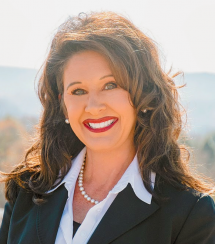
“Senior living is a business,” said Jennifer Nesbitt, Vice President of Sales and Marketing at Proveer, “but once you lose sight of the resident then you’ve lost your business.”
“The demographic is changing,” Tyshka said. “The baby boomer generation coming upon us is much different than the generation prior, and what they want — everything from apartment styles to menu offerings to technology. I think it’s incumbent upon providers to stay attuned to what those changes are and stay ahead of the curve so that we’re preparing for them proactively.”
Another issue at the core of the report is that a shade under three-quarters (74 percent) of the over-40 respondents plan to either stay in their current homes, downsize to something smaller, or possibly upsize to a larger home, while only 9.3 percent of them are already planning to move into a senior living community.
“The industry has to address the apparent weak attraction of what it offers against the strong pull older adults feel to stay where they are,” said the report.
“I do think we’ve been off the mark in terms of building communities that are going to be compelling and truly help us differentiate our services from the options of being at home,” Goodwin Living’s Liebreich stated, “so I think there’s a lot of validity to the article itself and what it brought up.
“Our answer to this shifted a few years ago, maybe close to 10 years ago now,” he continued. “We decided we could keep on trying to convince people to move to a community setting or we could adopt a philosophy that says, ‘If you want to move to a community because you think that’s right, awesome, we’ve got a wonderful option and solution for you; if you want to stay in your home but have the confidence of support and care provided by Goodwin Living, we’ll do that too.’ I think part of the adjustment in our field is trying to accommodate what people are looking for instead of trying to force them into a product which they may be absolutely trying to distance themselves from.”
Liebreich went on to say that programs such as Goodwin Living at Home, where people pay a monthly fee while staying where they want to (“Most of our members are actually in their own homes,” he said) and the company’s complimentary StrongerMemory program (thanks to donations to their foundation) help to keep people healthier longer.
“If we can prevent the need for care then we’re winning as a country because we just don’t have enough caregivers in place to provide care,” Liebreich added.
Adventures by Waltonwood is one program that speaks directly to the desire to show potential new residents the possibilities available. “Our team finds out the real desires for the residents,” Waltonwood’s Tyshka said, “something maybe that they’ve always wanted to do, or something that brought them joy and passion, and for whatever reason they haven’t done it [in a long time].” Adventures by Waltonwood has, for example, set up a book signing at a local store for a resident who happens to be the oldest romance novelist in the United States; helped a retired teacher get back into the classroom teaching music to elementary school kids; and set up a tribute at the USS North Carolina for a resident who is a Navy veteran and former judge that includes a surprise letter of acknowledgment from North Carolina State Senator Gale Adcock.
“I think it really debunks that perception of, ‘Oh, you’re going to this place and it’s depressing,’” Tyshka noted. “I think messaging that looks at this as a place that you can grow and experience things — that we can meet that need — is really important.”
Two ways to avoid losing touch with what residents and their families truly want and need? Listen to them, and challenge institutional belief systems that support the status quo.
“We’ve tried to directly change the narrative, really focus on the experience of our residents, and highlight them,” Liebreich said. “Some of our best ideas absolutely have come from our residents and their initiatives, so an organization that’s open to those ideas and has ways to execute that, will create a sense of purpose, a sense of engagement and buy-in to the culture of the community. Then these ideas of fun being so low rated from the outside perspective versus the inside perspective start to melt away.”
“Habits are the greatest inhibitor to success,” Proveer’s Taylor told Senior Living News. “Always keeping an open mind is critical in our space. There are [things] that we have to look to that make us better at meeting our residents’ and mostly their families’ expectations.”
“It’s very statistical,” Taylor said of the report, before concluding, “this is about a personal relationship between the individual communities and the residents. Everybody’s all hung up on A.I. and this and that statistically — let’s look at the person, let’s look at the resident. All the technology in the world doesn’t take the place of the personal touch: bringing kids in to do their Christmas play for our residents; letting our residents go to an elementary school and have general interaction — the key to success is keeping our residents as young and as active as we can possibly keep them.”


